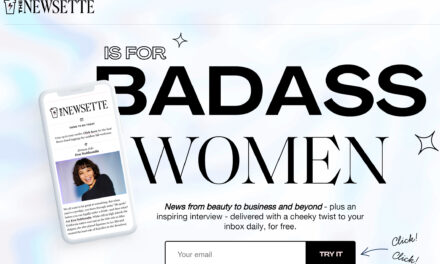Building a Subscriber Base
On top of that, brands and individuals need to focus on attracting subscribers and proving the value of their video subscription offering, as the market for subscription models only continues to become more crowded. “The problem with subscription-based models lies with the consumer,” explains Rahman. “‘Why should I pay for this content?’ It’s the common question. Pair that with the choice of so many video/content subscription services out there: Netflix, Hulu, Amazon Prime, HBO, SHOWTIME … at what point does the consumer grow weary of paying for another subscription?”
Fortunately, creators and brands don’t have to give up on the idea of a subscription service entirely, especially if they’re unable to produce large amounts of content. Wilkinson believes it’s a lie that brands need a lot of content to succeed with the video subscription model. The VHX CEO says a large number of the creators on VHX offer nothing more than “ongoing serial programming that’s released weekly-ish,” which subscribers are consistently willing to pay to access. If brands and individuals have a similar content format, they could very well pull in extra revenue from a subscription model.
Another example of how individuals with lower content production rates can justify offering a video subscription service is by partnering with other creators. Fitness magnate Jillian Michaels used this strategy when she approached Pivotshare about offering a subscription service to her audience. At the time, Michaels only had a few hours of DVD content to put online. Because Pivotshare allows creators to collaborate and contribute content as a collective group to an individual channel, Michaels was able to partner with 30 other trainers and build what Mosam calls “the Netflix for fitness.” Michaels’ subscription channel, FitFusion, now has more than 150 hours of video content for about $10 per month.
At this point in the online video industry, the question is no longer whether or not creators are able to launch their own subscription service to followers. Instead, creators now have to deal with choosing from the growing selection of services and platforms to get their customized video subscriptions off the ground. For individuals and brands just starting to look into their options, this can be a daunting task. However, selecting the appropriate video subscription platform ultimately boils down to a few key considerations.
For starters, creators need to be comfortable with the way a video subscription platform will portray their video content. Mosam says individuals and brands looking at their options should, at minimum, ask themselves these questions about visualization and usage: Is your brand well-represented? Does it look like it’s your site? Are customers having a generally positive user experience? Can the customers access the content on the devices they want to use? In general, creators need to look for a subscription platform that won’t serve up a confusing or frustrating experience to their audiences.
Subscription Tools
Additionally, video subscription services need to provide creators with enough tools and data for them to run a profitable, effective subscription offering. For example, creators who would like to offer coupons or discounts to subscribers need to look for a platform that provides these ecommerce opportunities. Video subscription platforms should also give creators as much data as possible for them to advance their businesses. “You can’t build a business if you don’t know who your customers are-which means you have their email address-and you can’t make good business decisions unless you have a detailed understanding of what’s working and what’s not,” explains Wilkinson.
But it’s not enough for a video subscription service to simply make such tools and data available to customers. Services also need to have a robust support system in place that encourages creators’ business growth. Instead of settling for a subscription service that expects individuals and brands to learn the tools themselves, creators should look for a subscription service that will help them understand how to implement best practices, grow a channel, and ultimately cultivate their business as a supportive partner every step of the way.
The video subscription model is on the rise, and the industry’s only going to get bigger. With the burgeoning selection of video subscription services, brands of all sizes no longer have to rely on monetization options (such as ad revenue and sponsorships) alone to grow their income and deliver video content to audiences. Virtually any creator with a dedicated following can get a subscription service off the ground and start profiting. As Wilkinson puts it, “If even a small number of people are excited about what you’re making, you’re on the right track and can build sustainable revenue.”






